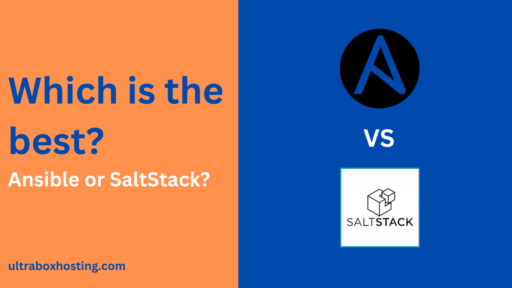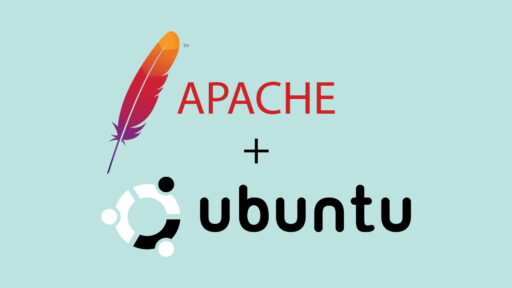When it comes to selecting a virtualization technology for your virtual private server (VPS), the choice often comes down to KVM (Kernel-based Virtual Machine) and OpenVZ. Both technologies offer unique advantages and can significantly affect the performance and scalability of your applications. Understanding the differences between these technologies is crucial for developers, system administrators, and businesses to make informed decisions. This article dives deep into KVM and OpenVZ, comparing their architecture, performance, scalability, and use cases.
Table of Contents
What is Virtualization?
Virtualization technology allows you to run multiple isolated virtual environments on a single physical server, each with its own set of resources and operating system. This is achieved by abstracting the hardware components—like CPU, memory, and storage—so that the virtual servers believe they are operating on their own independent hardware.
Understanding KVM
KVM, or Kernel-based Virtual Machine, is a full virtualization solution for Linux on x86 hardware that includes virtualization extensions (Intel VT or AMD-V). It allows you to run multiple virtual machines (VMs) running unmodified Linux or Windows images. Each VM has private virtualized hardware: a network card, disk, graphics adapter, etc.
Advantages of KVM:
- Full Virtualization: KVM provides hardware-assisted virtualization that enables you to run a range of operating systems including Linux, Windows, and macOS.
- Performance: With KVM, each VM operates independently with its own virtual hardware, thus providing near-native performance.
- Security: Enhanced security features due to complete isolation between VMs.
- Scalability: Easily scales to run multiple VMs as it directly interacts with the physical hardware without additional layers.
Disadvantages of KVM:
- Resource Intensive: Requires more resources (CPU and memory) to run effectively.
- Complexity: Managing KVM environments can be complex, particularly in large deployments.
Understanding OpenVZ
OpenVZ is a container-based virtualization solution for Linux. Unlike KVM, OpenVZ uses a single shared Linux kernel which is patched to allow for multiple isolated Linux containers. Each container acts as an independent server but shares the same underlying OS kernel.
Advantages of OpenVZ:
- Efficiency: More efficient in terms of resource use since all VMs share the same OS kernel.
- Ease of Use: Easier to manage and maintain due to the shared kernel architecture.
- Resource Management: Allows for dynamic real-time resource allocation and management.
Disadvantages of OpenVZ:
- Limited to Linux: Only supports Linux; cannot run other operating systems like Windows.
- Less Isolation: Since all containers share the same kernel, a compromised or malfunctioning container can affect others.
KVM vs. OpenVZ: Performance and Use Case Comparison
- Performance: KVM generally offers better performance and more flexibility, as it allows each VM to run its own OS kernel. This is ideal for applications that require high compute and resource isolation.
- Resource Efficiency: OpenVZ is more resource-efficient, making it suitable for applications that do not require running multiple operating systems and can share the same OS kernel.
- Security and Isolation: KVM offers better security and isolation by allowing separate kernels to operate independently. This is crucial for handling sensitive data or running critical applications.
- Scalability: KVM is better suited for environments that require scaling both vertically and horizontally. OpenVZ can quickly become limited if the underlying kernel needs updating or customization.
Conclusion
Choosing between KVM and OpenVZ depends on your specific needs and the requirements of your applications. If you need strong isolation, security, and the flexibility to run multiple types of operating systems, KVM is the preferred choice. On the other hand, if you require a simple, resource-efficient solution for Linux-based applications, OpenVZ might be more appropriate.
At UltraBoxHosting, we understand the importance of robust virtualization solutions. That’s why we use KVM virtualization for all our VPS servers, ensuring you receive the best performance, security, and scalability. Whether you’re a small business or a large enterprise, choosing UltraBoxHosting means you’re opting for a top-tier virtual environment backed by cutting-edge technology.
Understanding these differences will help you optimize your resources and get the most out of your virtual environment. With UltraBoxHosting, you can rest assured that you are leveraging the strengths of KVM to ensure superior operations and service delivery.




